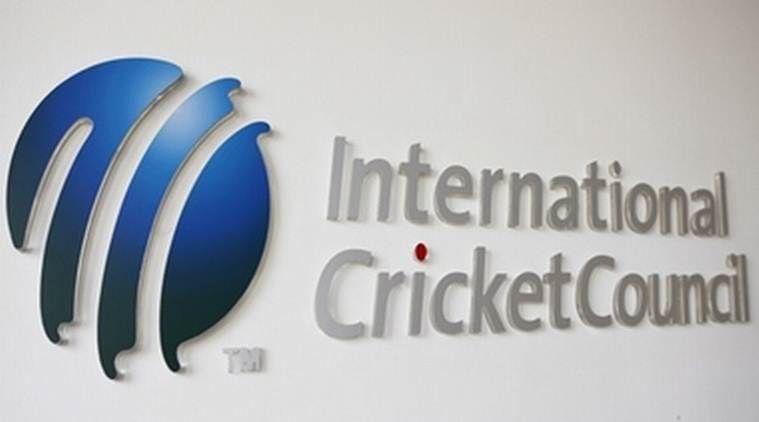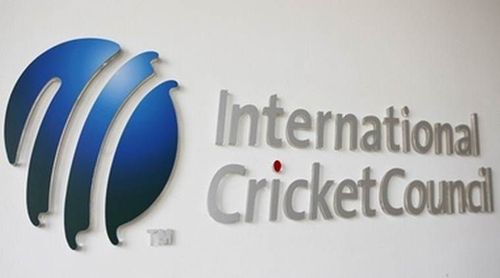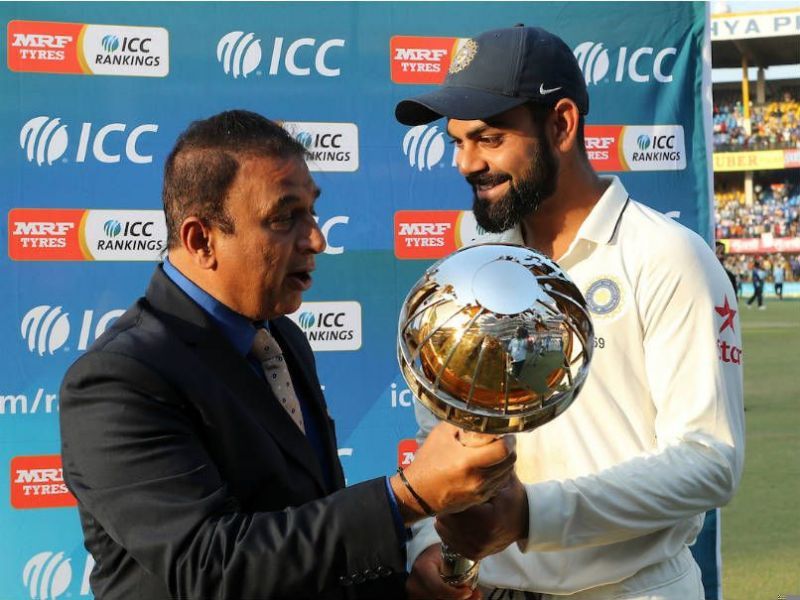
ICC Test Championship and ODI League – Everything you need to know

The International Cricket Council (ICC), on the 13th of October (Friday), took a few steps to rejuvenate international cricket by approving the long-awaited Test Championship in addition to the One Day International League, after the governing body’s meeting in Auckland. The talk about the Test Championship has been doing the rounds for a few years now.
On the other hand, the ODI league is something similar to that in place for women’s cricket – teams mainly competing for direct qualification for the World Cup.
Here we look at some details of both the newly introduced leagues and a few FAQs (Frequently Asked Questions).
Test Championship

What is the ICC Test Championship?
The ICC has decided to introduce a new structure where nine Test playing nations will play six Test series – both home and away over a two-year period against each other. The teams will receive points based on their performances. And at the end of the two-year period, top two teams will battle it out to emerge as the Test Champions.
When will the Championship start?
The first ever Test Championship will start right after the World Cup in 2019 and would continue till 2021. In April 2021, one team would emerge as the ‘Test Champion’.
How will it be played?
Nine Test playing nations – India, South Africa, England, New Zealand, Australia, Sri Lanka, Pakistan, West Indies and Bangladesh will play 6 Test series each – 3 Home and 3 Away. The other Test playing nations – Zimbabwe, Ireland and Afghanistan (the latter two being newly assigned Test nations) would initially be excluded from the Test Championship but the introduction of four-day would give them more experience.
The teams will earn points based on their performances and these points will determine which two teams will battle against each other to emerge out as Test Championship holders.
How many matches will be played in a series?
Though the finer details and the schedule is yet to be decided by the ICC, all 9 teams will be required to play at least two Test matches in a series. But, it can be extended to a maximum of five Tests. The provision of a five-Test series has been arranged keeping in mind a high-profile series like the Ashes.
Also, all Test matches will be played in the five-day format only.
Background
The then United Cricket Board of South Africa supremo - Ali Bacher along with Clive Lloyd and Arif Ali Abbasi, former Pakistan Cricket Board CEO had come up with an idea of a ‘Test World Cup’ in 1997. But it took 12 years for the ICC (in 2009) to draw out a plan for the World Test Championship after their discussions with the Marylebone Cricket Club (MCC).
The proposal was passed in 2010 and the inaugural edition of the tournament was supposed to be held in England in 2013. However, the tournament had to be scrapped due to financial and broadcast issues in 2011. Instead of this, Champions Trophy, which was supposed to be scrapped, continued.
Again in 2012, after the chief executives’ meeting, it was noted that the inaugural Test Championship would start in 2017 and the Champions Trophy would be scrapped. But again, it didn’t take off and finally, it has been approved now.
Why was the concept approved?
With attendances for Test matches throughout the world (barring a few places) going down, the ICC acknowledged the fact that they need to pull back the crowd to the longest format. Thus, there was a need to change a few things and bring in new concepts. And a tournament-like structure seems to be the right medicine and it is likely to garner more interest as well.
Advantages?
Unlike the T20s and ODIs – where teams would build up to the respective World Cups, Test cricket is solely based on bilateral series which tends to produce quite a few dead rubbers. This might be avoided as each game will carry certain points and thus every game becomes crucial.
We have often seen teams abjectly surrendering series/matches from untenable situations. But here, this point system in the Test Championship where every game is important will give the teams extra motivation. Now, there will be more context to every bilateral series.
Also, players who tend to avoid Test cricket to remain fit to play shorter formats might find extra motivation and incentive to play the longest form of cricket.
ODI League

What is the ODI League?
The ODI League introduced is similar to the one that’s in effect in women’s cricket. This league was brought up by the ICC especially to give some context to bilateral One-Day series. The teams will play a total of 8 series – 4 home and 4 away and will be awarded points on the basis of their performance. This league will also decide which teams will earn direct qualification for the World Cups.
When will the League start?
The One Day International League will start in 2020. This league will decide the teams that earn direct qualification.
How will it be played? (Format)
13 Teams are going to be a part of this league. Out of the 13, 12 teams will be full members - India, Australia, New Zealand, Windies, England, South Africa, Sri Lanka, Bangladesh, Pakistan, Zimbabwe, Ireland, Afghanistan and the other team will the winner of the ICC World Cricket League Championship. These teams will compete against each other to earn direct qualification for the World Cups.
ODI league table will see each three-match series contribute points that lead to a playoff to decide the champion ODI team of that two-year period. What it also means is that we might not see 5-match ODI series in future.
Advantages?
Like the Test Championship, every game will carry points, thus there will be no dead rubbers.
The cricket boards might also hesitate to send/play second-string sides for a particular series.
The only disadvantage would be for the Associate Nations. After the proposed 10-team World Cup was accepted, it was already little difficult for them to qualify. But now it’s even more as they'll have to win the ICC World Cricket League Championship and then compete with Full Members to earn one of the ten spots, out of which one will automatically go to the host nation.